Cavapoo Generations Compared: F1 vs F1b vs F2 Cavapoos
If you’ve done your research on Cavapoos, then you already know what loving, loyal, and easy-to-please companions they make. What you might not know is that there are marked differences between Cavapoo generations.
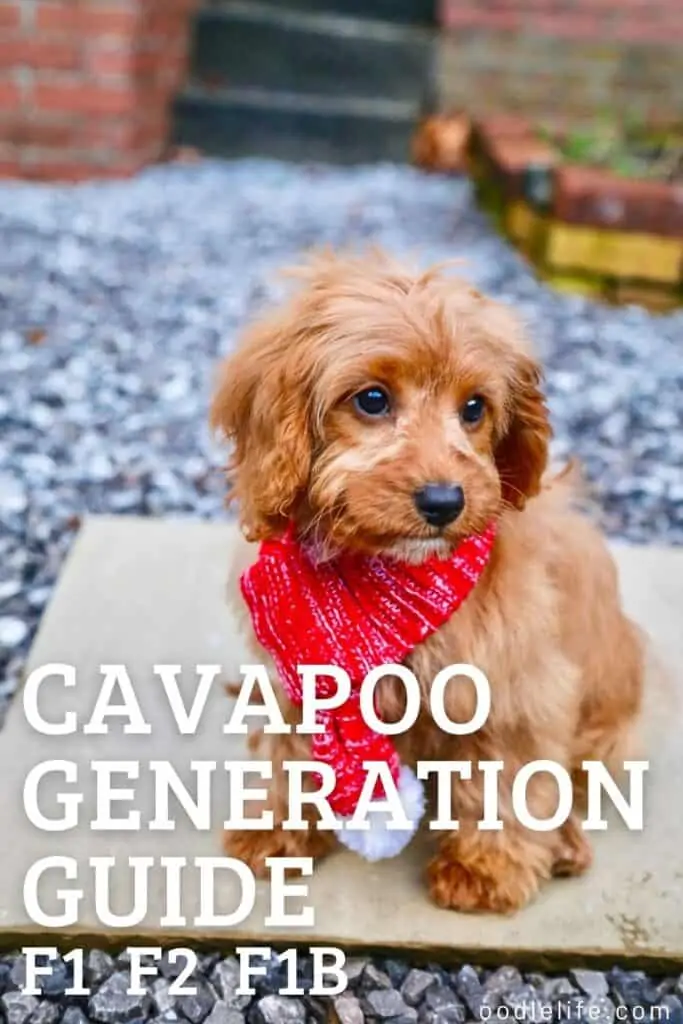
Cavapoos, as a crossbreed, belong to various categories according to the breed of a litter’s parents. Here we will look at these generational categories, namely, F1 vs F2 Cavapoos.
The Science Behind the Cavapoo: Selective Breeding and Hybrid Vigor
Cavapoos fall under the category of designer dogs, meaning that they were engineered to express the best traits of their parent breeds. This term and phenomenon of manipulating the gene pool come from the concept and action of selective breeding.
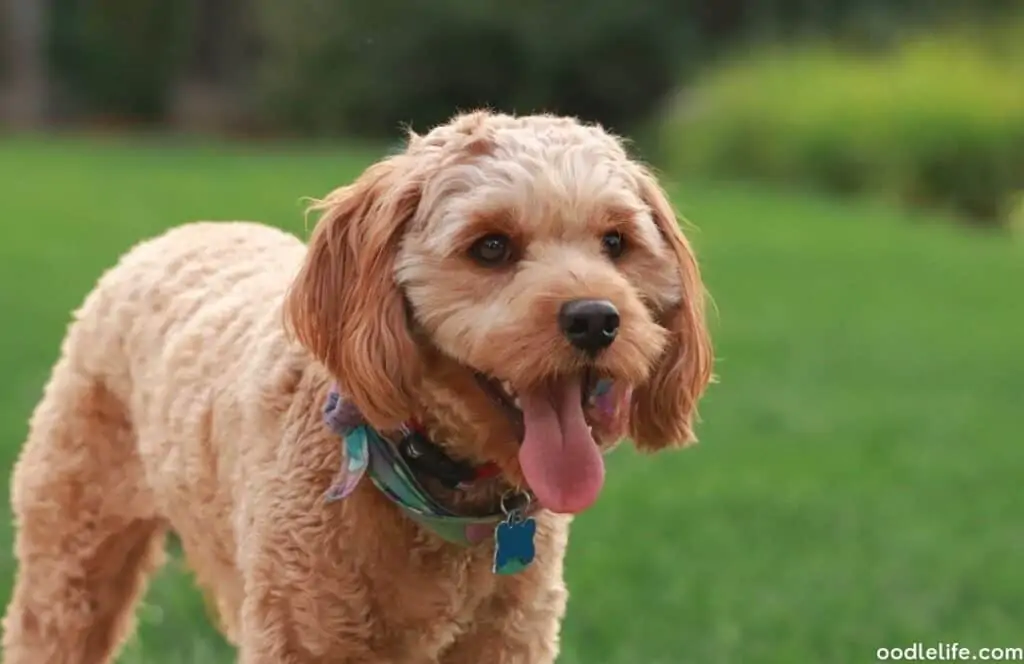
Selective breeding is a process that occurs in the wild as well as through intentional engineering. We have used it to create better tasting and plight resistant fruits and vegetables and also sweeter, more docile, and longer living pets.
It entails deliberately mating two animals who have desirable traits together to create the animal that best suits their needs. In the case of dogs, traits such as personality, facial structure, and size have been selected over the centuries to create the variety of dog breeds that exist today.
As opposed to selecting for a fierce hunting companion or herder and protector of the flock as was the first motivation for the domestication of wolves, dogs are valued for their emotional companionship. Therefore, Cavapoos are highly favorable pets, bred to be cuddly, easily trainable, small, and affectionate members of the family.
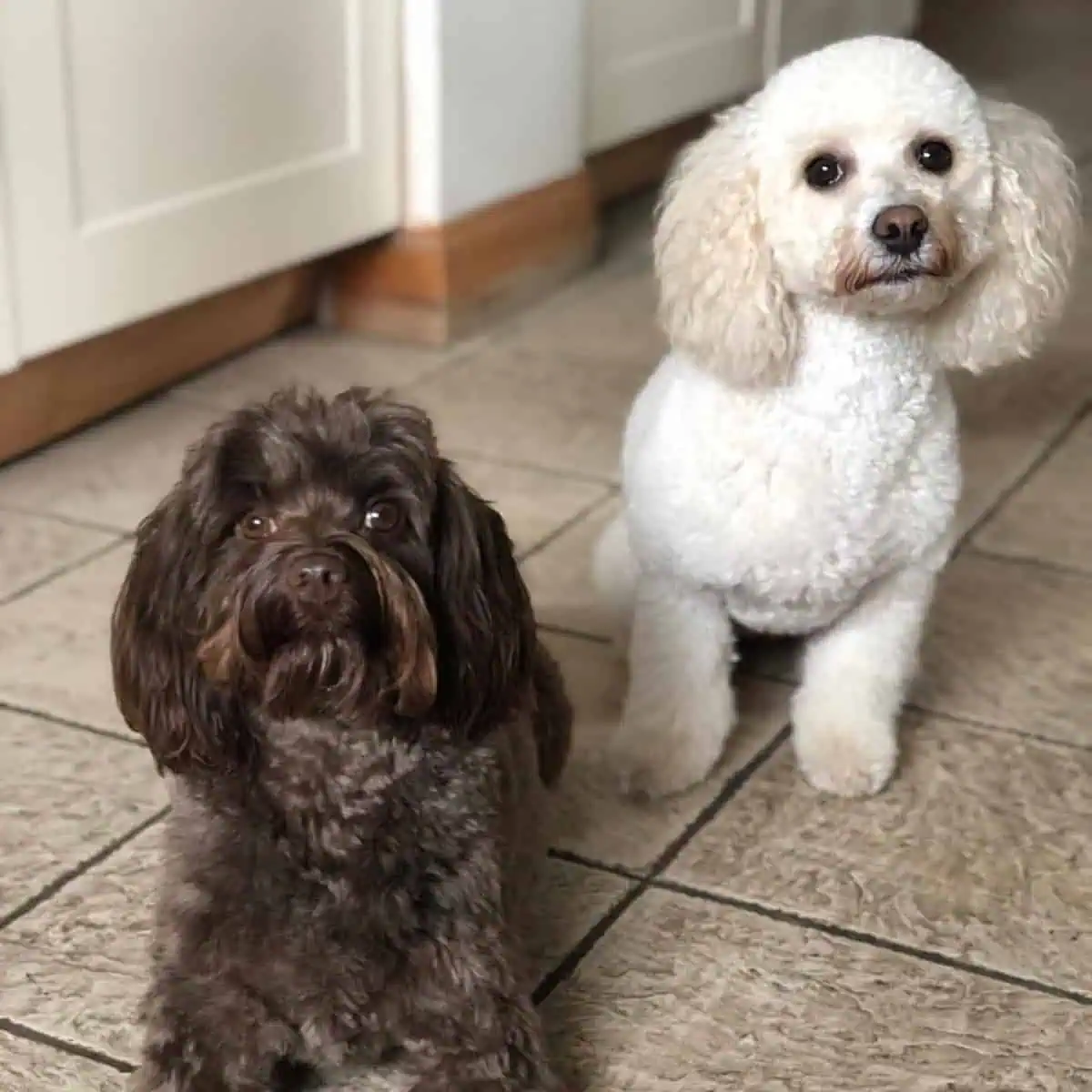
Another desired trait that breeders selected for with Cavapoos are their hypoallergenic coat that sheds minimally, allowing dog lovers with allergies to become pet owners without sacrificing their own health.
Hybrid vigor is another important term to understand as it applies to crossbreeds like Cavapoos. Hybrid vigor refers to the enhancement or augmentation of certain traits in a hybrid population that surpasses that of the parent generation.
Purebred dogs achieved their status in part due to inbreeding. Inbreeding may beget homogeneity, but it also causes many unintended health problems. Congenital heart issues, cataracts, hip dysplasia, and shorter lifespans are a few of the many health issues pure breeds have a propensity for.
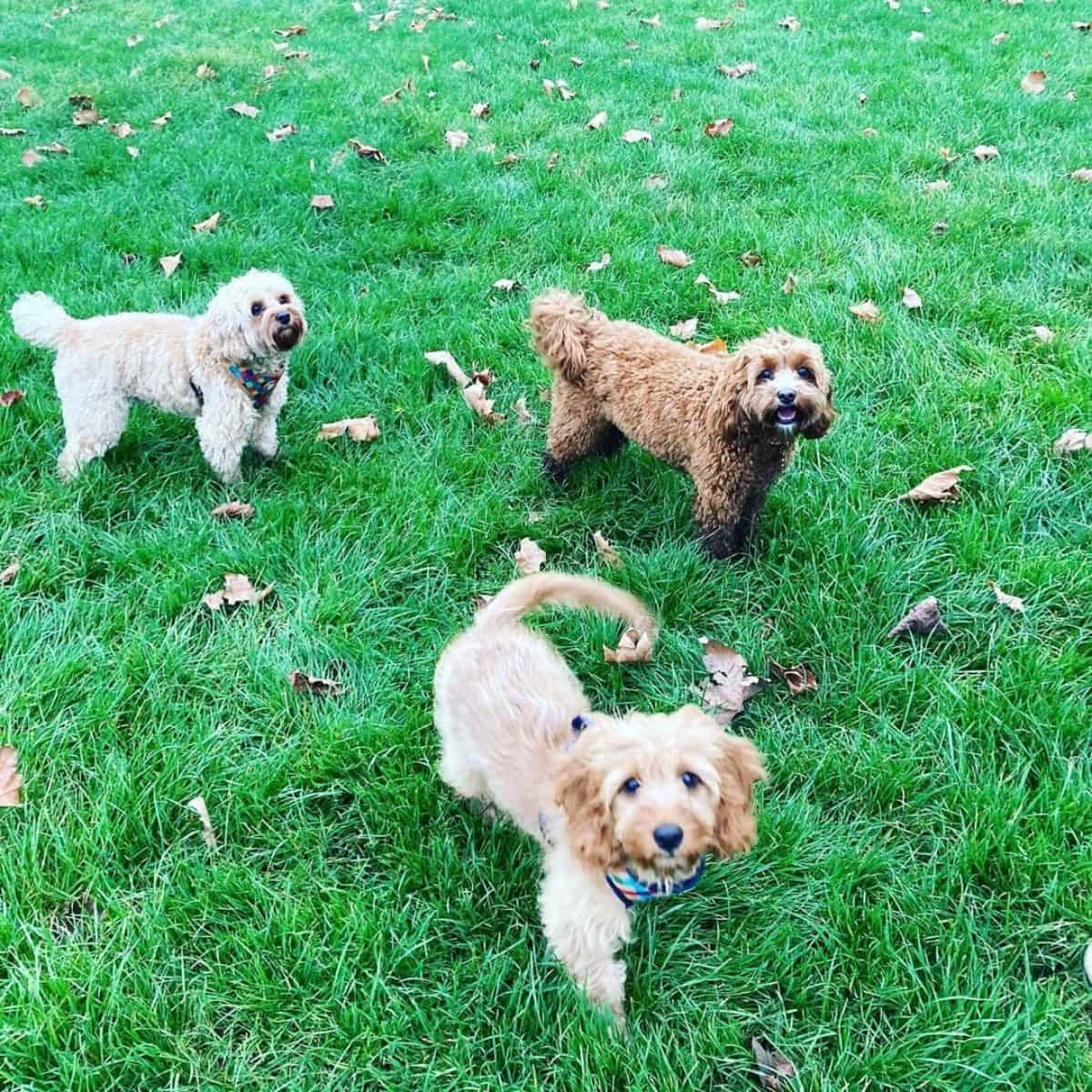
Crossing breeds means expanding the gene pool. By expanding the gene pool and mixing different genetic traits, hybrid generations have better chances of improved health and better personalities than their purebred parents. You can think of selective breeding and hybrid vigor as taking the best of both worlds.
Cavapoos as hybrids not only exhibit the best traits from each of their parent breeds, but they also have less of a chance of suffering from the health problems endemic to each parent breed. That said, the good and bad traits each generation of Cavapoo exhibits depend on the type of crossbreeding involved in their parentage.
Therefore, it is important to know the lineage of the Cavapoo you are interested in buying or adopting, which is where understanding the difference between F1, Fb1, and F2 Cavapoo generations comes into play.
What Do F1, F1b, and F2 Cavapoo Mean?
F1, F1b, and F2 designations don’t just apply to Cavapoos but to all mixed breeds. They are generations of hybrid puppies spawned from specific parentage mixes.
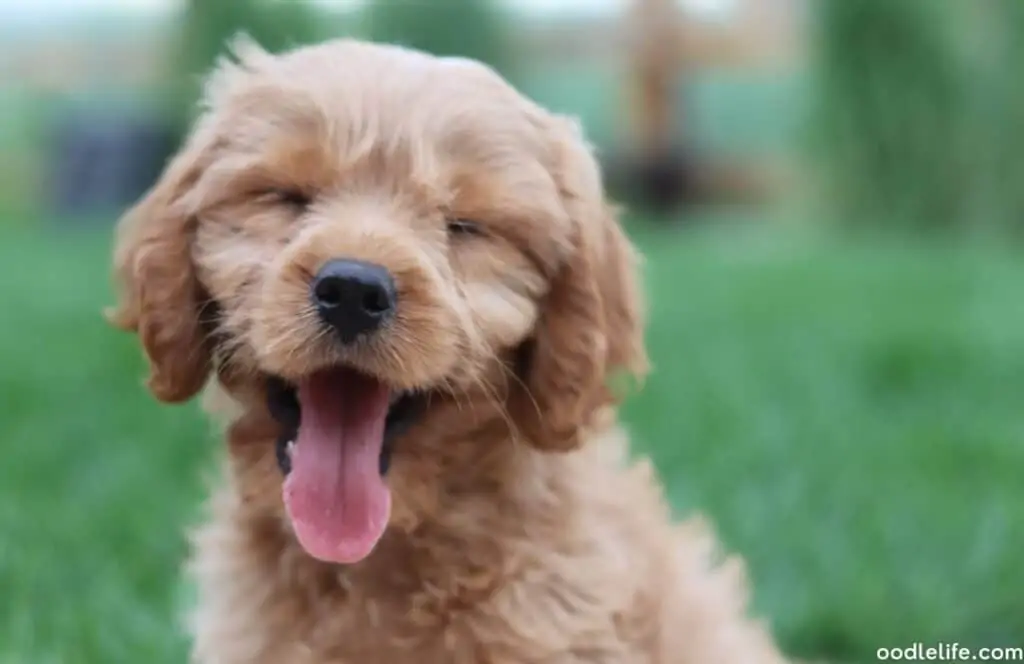
The numbers in these designations represent the generation. So, 1 in f1 simply means the first generation, while 2 in f2 means the second generation. Each number has the letter “f” before it, which means that it is a crossbreed. “F” stands for filial (from Latin word for son or daughter), which refers to offspring. Thus, F1 refers to a set of parents’ first generation of offspring.
Lastly, “b” stands for the word backcross, referring to the parentage being one crossbreed dog who mates with a purebred dog.
With the numbers and letters in f1, f1b, and f2 accounted for, each generation has the following definitions:
- F1 Cavapoo- The first generation of puppies with one purebred Poodle parent and one purebred Cavalier King Charles Spaniel.
- F1b Cavapoo- The first generation of puppies with one purebred Poodle parent or one purebred Cavalier King Charles Spaniel parent and one F1 Cavapoo parent.
- F2 Cavapoo- The second generation of puppies from the mating of two crossbred F1 Cavapoos.
F1 Cavapoo: Generation-Specific Traits
F1 Cavapoos are a clean 50/50 mix of Poodle and Cavalier King Charles Spaniel. They range in weight from 9-25 lbs. and in height from 9-12 inches. This variation in size is the result of the Poodle lineage as the parent Poodle could be a standard, miniature, or toy Poodle. Therefore, if you’re looking for a small F1 Cavapoo, you should check with the breeder to see what size Poodle the parent is.
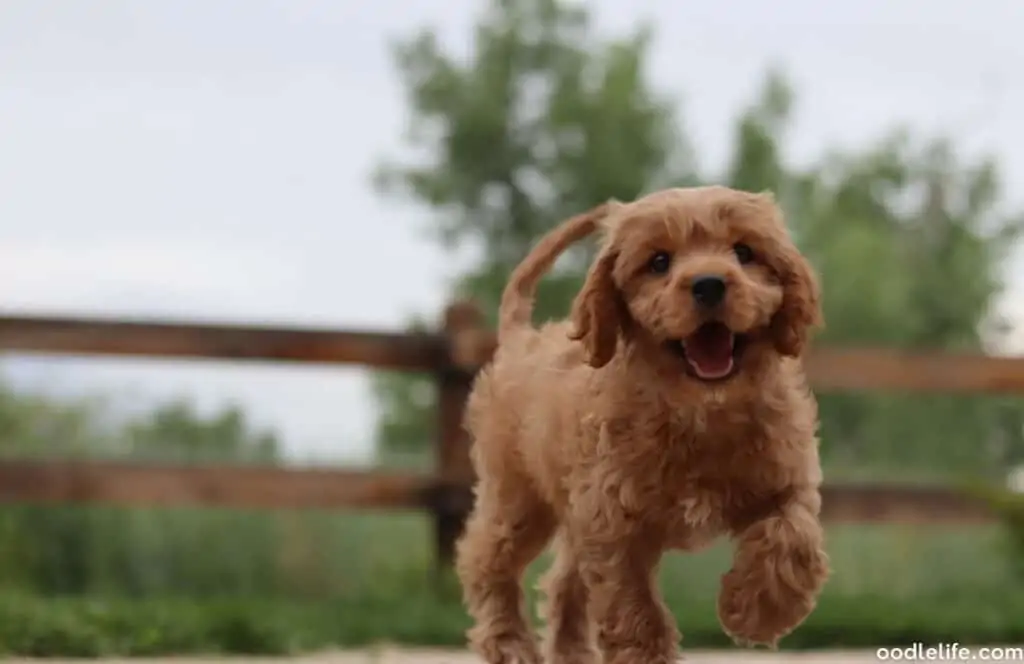
With F1 crossbreeds, it’s a toss-up as to which purebred the puppies will take after more because there’s a 50-50 chance. They could take after the Poodle and have curlier coats more suitable for allergy-prone pet owners. They could just as easily take after the Cavalier King Charles Spaniel, with longer hair that sheds a lot and requires more consistent upkeep.
Then again, the F1 Cavapoo could be a perfect mix of Poodle and Spaniel coat types, and in fact, generally is. On average, F1 Cavapoos have shaggy, wavy coats that are halfway between their Poodle and Spaniel coat types. It is also important to note that Cavapoo puppies often shed their initial coats, sporting a completely different coat in adulthood.
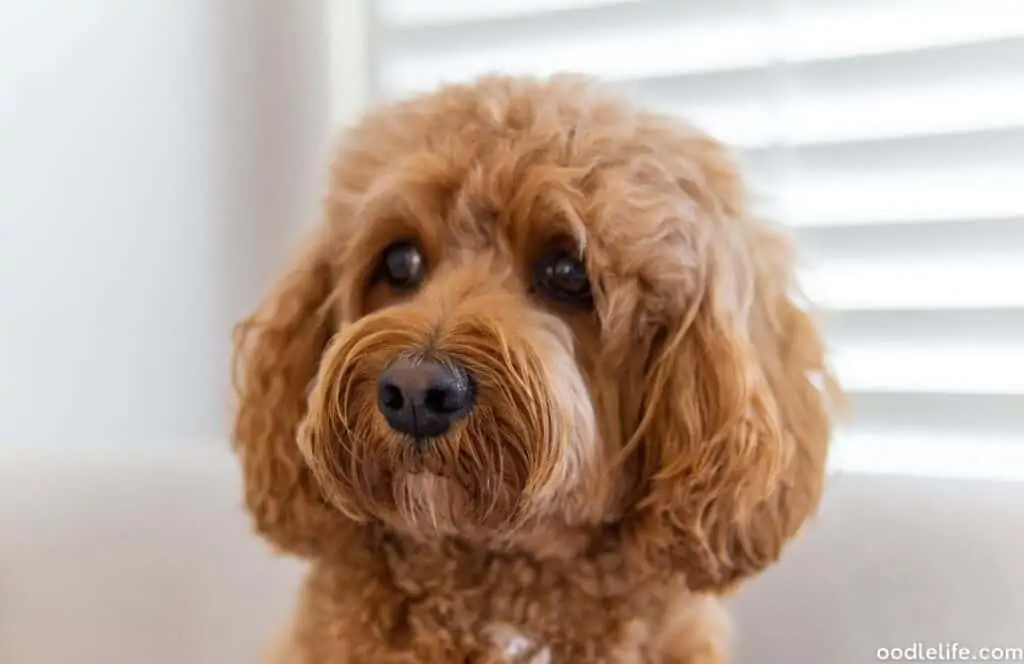
In terms of hybrid vigor, the F1 Cavapoo shows the highest level of hybrid vigor of the three generations we discuss. That is, the desirable traits from each pure breed are most likely to be expressed on a greater scale.
What does F1b Cavapoo mean?
The F1b Cavapoo has one Cavapoo parent, and the other purebred parent is usually a Poodle. Therefore, you have roughly a 75% Poodle and 25% Spaniel puppy generation.
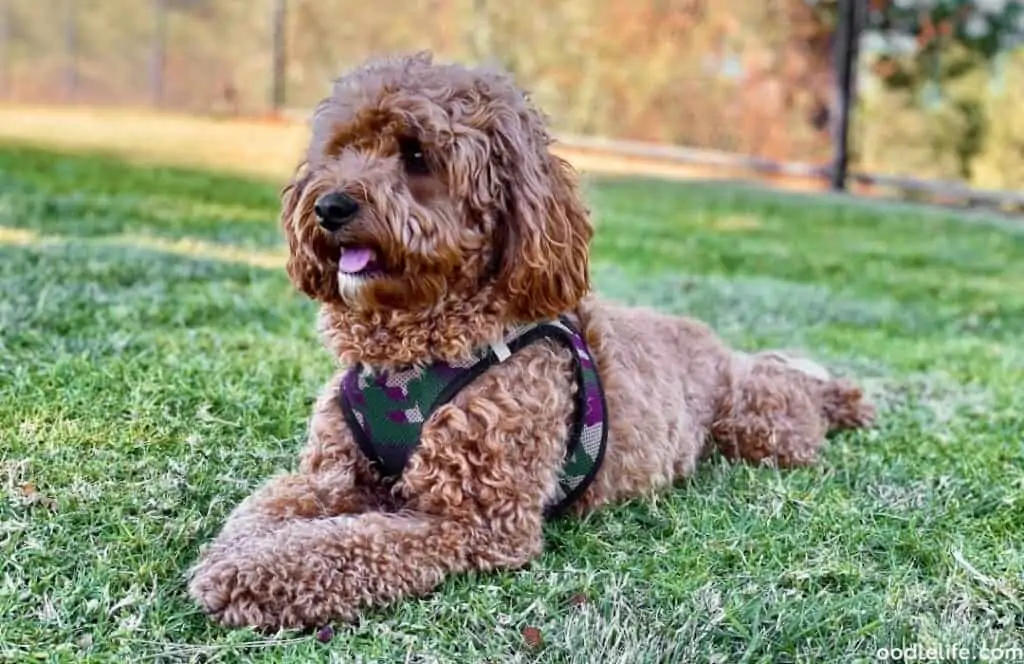
Since Poodle genes are more prevalent, the F1b Cavapoo has a curlier and more hypoallergenic coat than the F1 Cavapoo. While this Cavapoo generation may be a better fit for a pet owner with allergy problems, a curlier coat requires more trimming; breeders suggest taking the F1b Cavapoo to be groomed and trimmed every three months.
Additionally, the F1b Cavapoo will also be a more active and energetic dog as it takes more after the Poodle lineage. You will therefore need to pay more attention to the F1b Cavapoo as it will require more attention, play, and exercise. So, unless you want an unruly, rebellious F1b Cavapoo, you will need to spend a lot more time with them, whereas with the F1 or F2, you may get away with leaving them alone for longer periods.
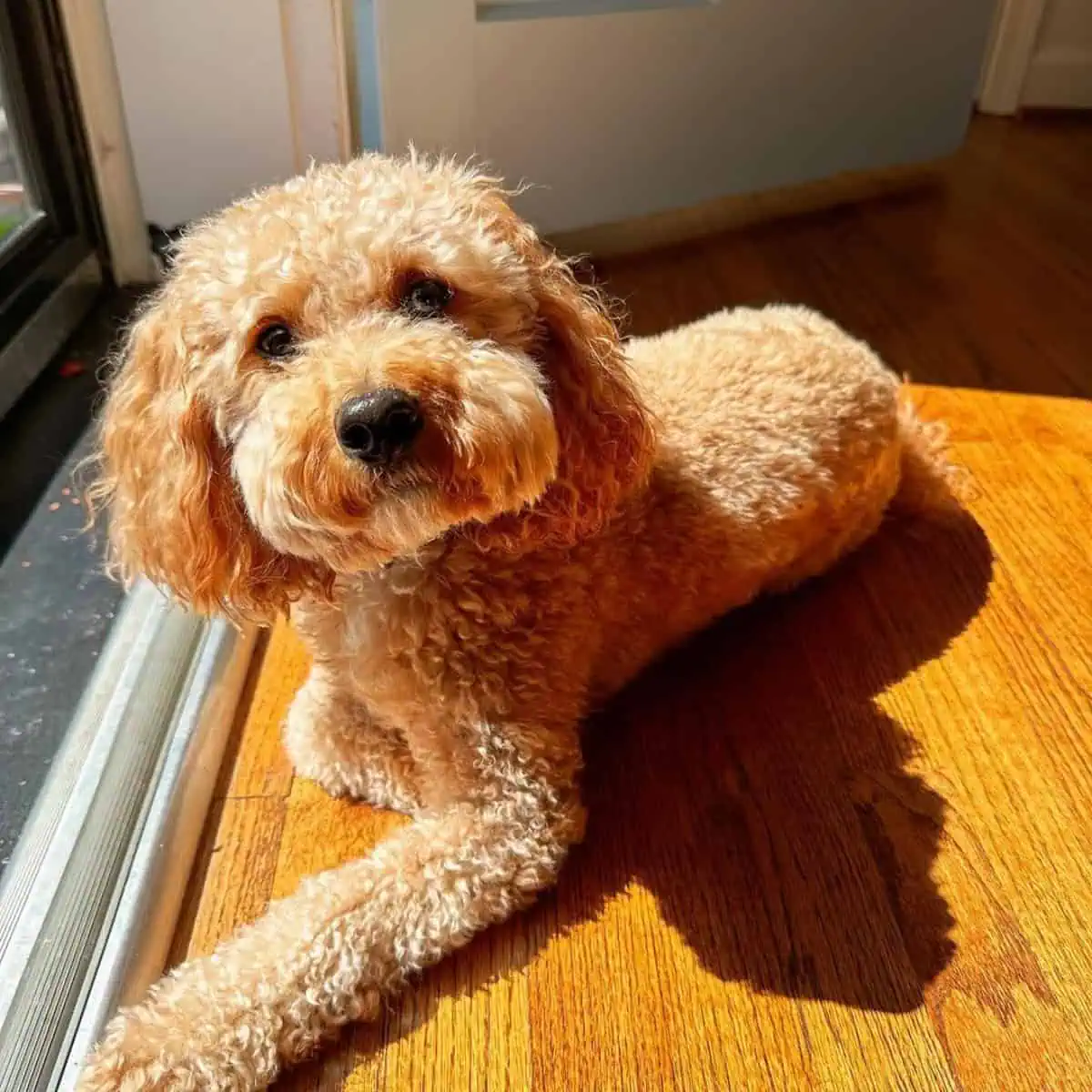
A second F1b combination is what breeders call an F1b Reverse Cavapoo, which is a cross between an F1 Cavapoo and a Cavalier King Charles Spaniel. In this generation, cross-ratio is reversed, meaning that puppies are 75% Spaniel and 25% Poodle.
Logically, the F1b Reverse Cavapoo takes after the Cavalier King Charles Spaniel both physically and behaviorally. These puppies will have long, straight coats or wavy and shaggy coats. They may not be the best crossbreed for allergy-prone individuals, but they tend to have longer life spans and are also lower maintenance than the traditional F1b Cavapoo.
F2 Cavapoo Meaning
Finally, the F2 Cavapoo is the cross of two F1 Cavapoos, representing the second generation of Cavapoos. Therefore, the F2 Cavapoo has two parents with a 50/50 genetic make-up of Spaniel and Poodle.
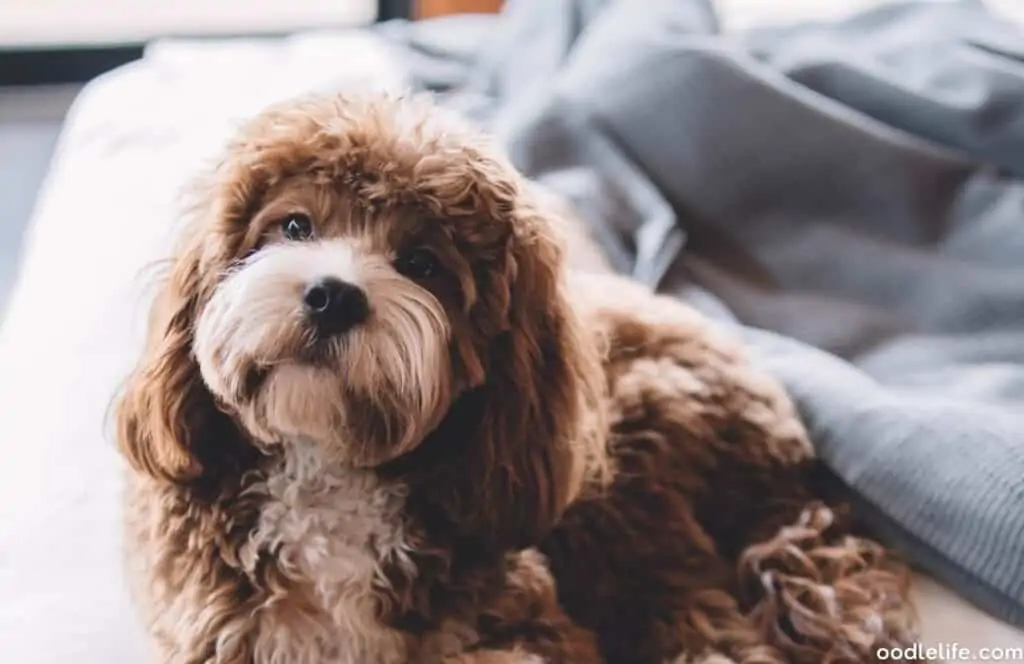
The second generation of Cavapoos have a larger variety of genes, thus a greater variety of physical traits. Consequently, you’ll find the greatest variety of coat textures and colors with the F2 Cavapoo. You will also find the least amount of hybrid vigor now that this is an established multigenerational breed.
While it is a toss-up to see which purebred traits reign supreme in the F1 generation, it’s even more of a gamble with the F2 generation now that the gene pool has been expanded exponentially. For this reason, breeders and pet owners favor the F1 or F1b Cavapoos because their degree of hybridity is still quite selective; that is, humans have more control over gene selection.
Conclusion: Which Cavapoo Generation Is the Best?
The question should not be which Cavapoo generation is the best, but instead, which Cavapoo generation is best for your needs as a pet owner?
If you suffer from allergies to pet hair, then perhaps an F2 Cavapoo would be best for you as they have the shortest, curliest coat with the least amount of shedding.
If you don’t mind shedding and value the look of the Spaniel over the Poodle, then perhaps the best Cavapoo for you is the F1b reverse Cavapoo. Also, if you want to avoid health problems that plague the purebred ancestors, an F1b or F2 Cavapoo would be good candidates since their gene pool is more varied than the F1 Cavapoos.
That said, the F1 Cavapoos show the greatest hybrid vigor, even if you won’t know for sure which pure breed they will look most like.
Cavapoos are extremely good dogs no matter which generation they are and will consistently be the smart, loyal, and loving dogs their reputation contends. Furthermore, a dog’s affection, loyalty, and overall character come from a place of trust and love that only good and responsible owners can engender. So, the selective traits in question are less about personality, and more about physicality, look, and the pet owner’s health.